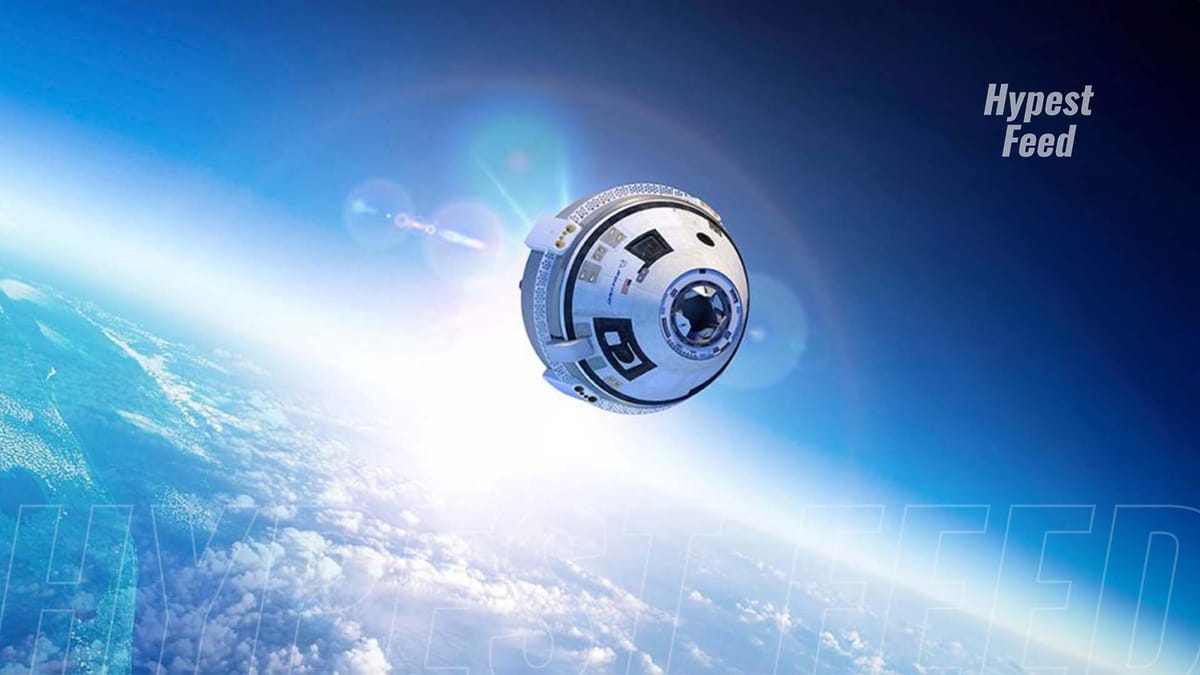NASA's Boeing Starliner spacecraft, originally slated for a return to Earth from the International Space Station (ISS), has encountered another delay, prolonging its stay in space. The decision comes amidst ongoing technical challenges and a need for further assessments before the spacecraft can safely undertake its journey back.
Initially intended for an early return, the postponement underscores the complexity and stringent safety protocols involved in manned space missions. NASA and Boeing teams are working diligently to resolve the issues that have arisen, ensuring the spacecraft meets all safety and operational requirements before departure.
The delay is part of NASA's commitment to prioritizing astronaut safety and mission success. The agency's rigorous review processes and meticulous attention to detail aim to mitigate any potential risks associated with space travel, particularly during critical phases such as reentry and landing.
Boeing's Starliner spacecraft represents a pivotal component of NASA's Commercial Crew Program, designed to foster collaboration with private industry partners for crew transportation to and from the ISS. This partnership aims to reduce dependence on Russian Soyuz spacecraft and expand capabilities for human spaceflight.
While setbacks like this delay are not uncommon in the aerospace industry, they highlight the challenges inherent in advancing space exploration technologies. NASA and Boeing remain dedicated to overcoming these hurdles through meticulous testing, analysis, and collaboration, ensuring that each mission contributes to the agency's broader goals of lunar exploration and eventual crewed missions to Mars.
The extended stay of the Starliner spacecraft at the ISS also provides additional opportunities for astronauts to conduct scientific research and perform maintenance tasks, contributing valuable data and experience to ongoing space missions.
Looking ahead, NASA and Boeing will continue to work closely to determine a new timeline for the Starliner's return to Earth. This process involves comprehensive evaluations of spacecraft systems and adherence to strict safety protocols, prioritizing the well-being of crew members and the success of the mission.
In conclusion, while delays are a part of the complex landscape of space exploration, NASA's commitment to safety and mission readiness remains unwavering. The ongoing efforts to resolve technical issues and ensure the Starliner's safe return underscore the agency's dedication to advancing human spaceflight capabilities and expanding the frontiers of exploration.



Member discussion: